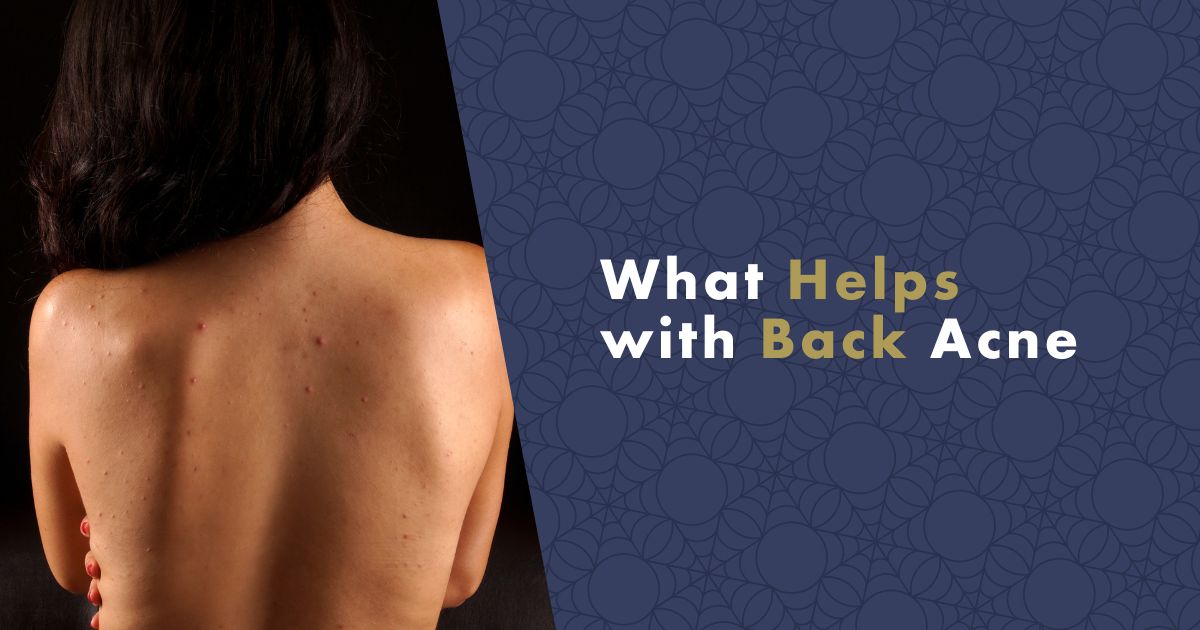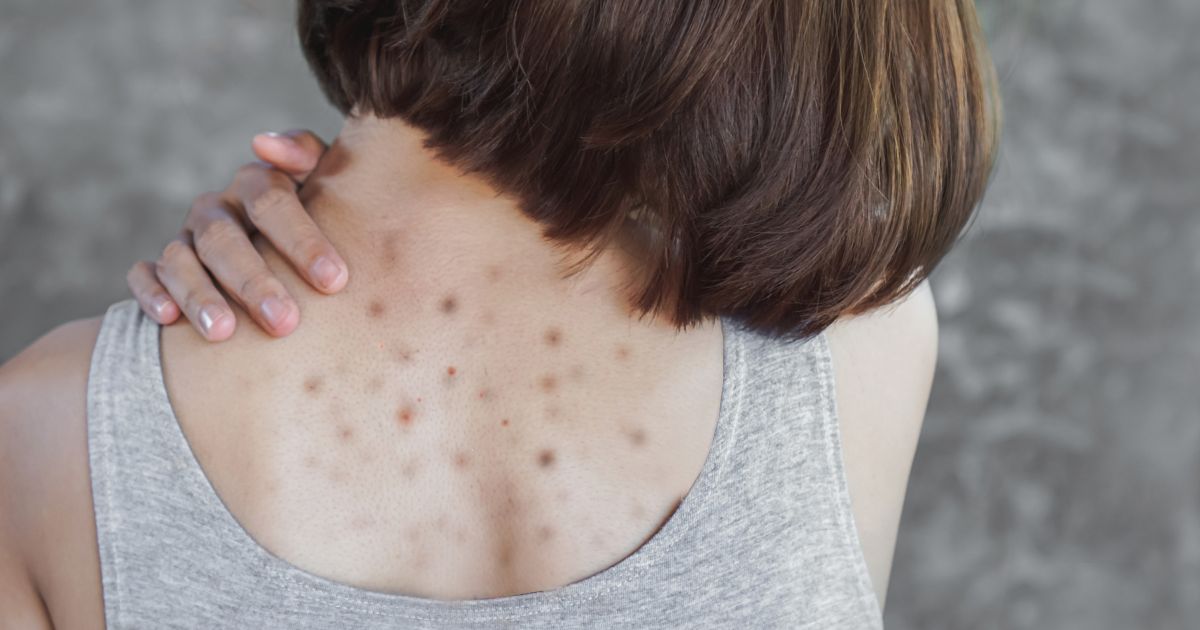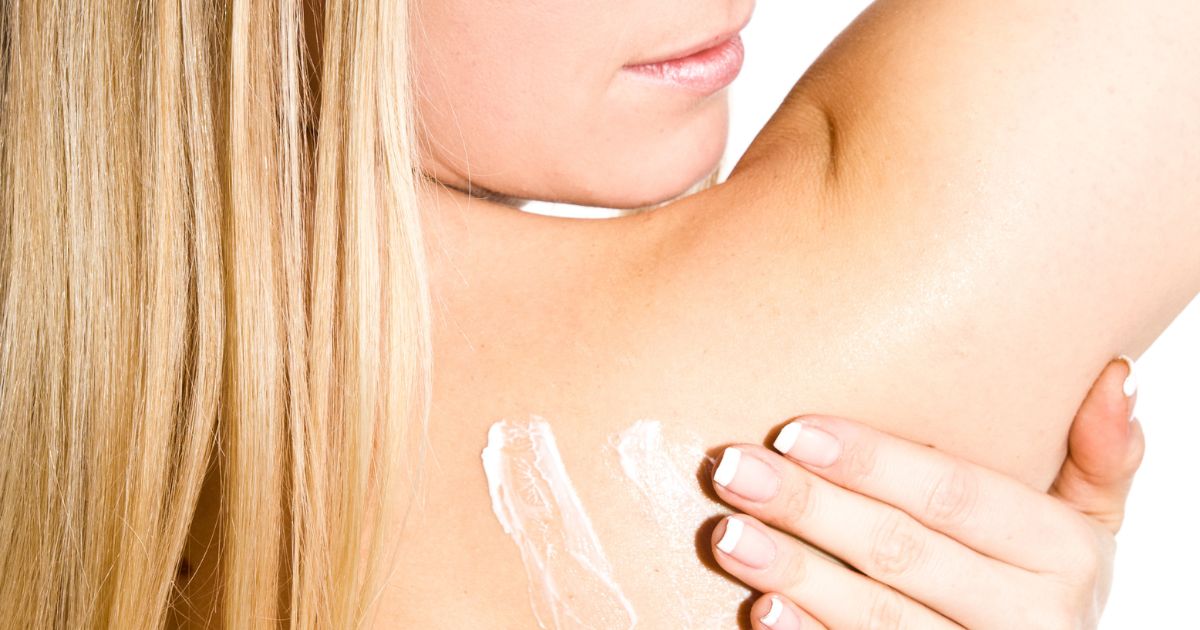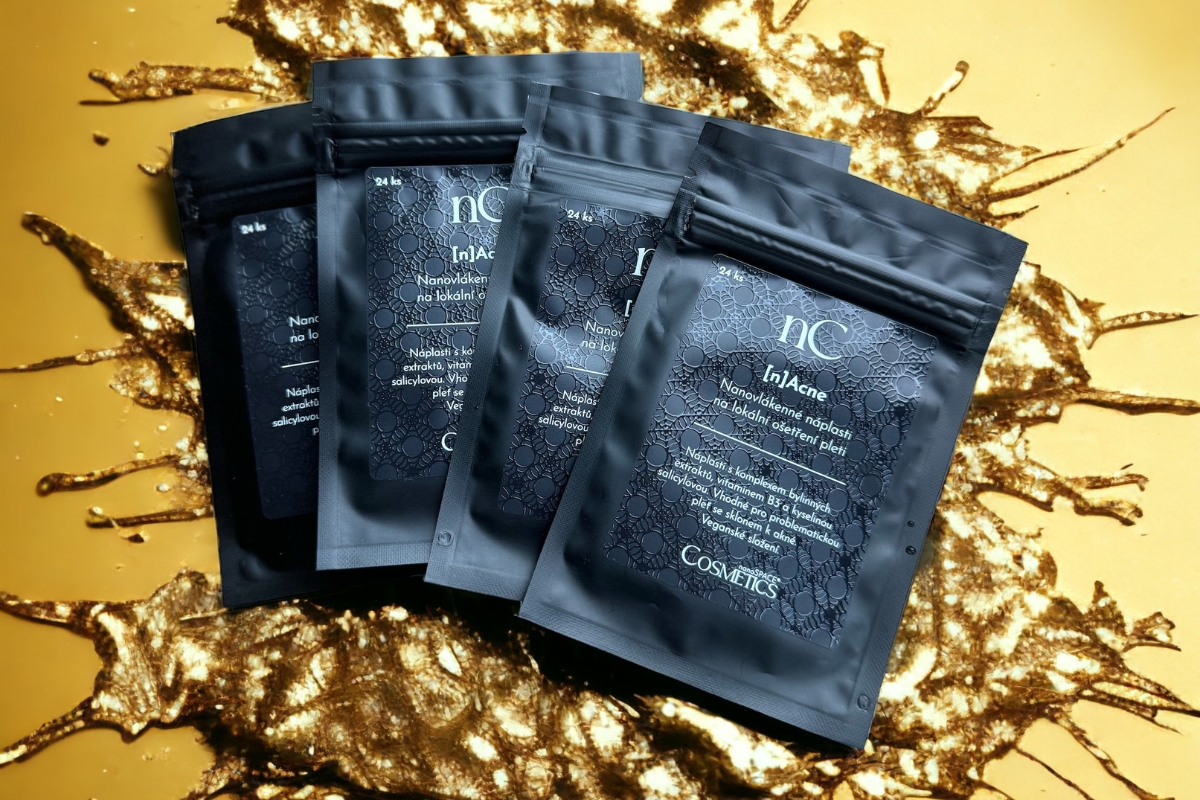Back Acne is a common problem that troubles many of us. Just like facial acne, back acne is caused by blocked pores, excess production of skin oil, dead skin cells, and bacteria. There are several reasons why back acne forms, and together we'll explore what definitely helps with it.

What Causes Back Acne
The pores on the skin of the back are larger than those on the face, leading to easier clogging with excess skin oil, dead skin cells, and bacteria.
The skin on the back is thicker, meaning issues with back acne can be more painful than pimples on other parts of the body.
There are several main factors that can contribute to the development of back acne:
- Hormonal changes,
- excessive sweating,
- tight and snug clothing,
- exercise and sweat,
- inadequately rinsed shampoo,
- drying wet hair on bare backs.
Considering these factors, it's important to keep the skin clean and dry to reduce the risk of developing back acne. Whether it's mild or severe manifestations, it's essential to approach back acne treatment systematically and patiently.
TIP: 10 effective tips on how to get rid of acne.
5 Main Causes of Back Acne
Back acne can be caused by several factors from genetics, stress, hormonal changes to improper diet, poor hygiene, and inappropriate clothing. Let's look at the 5 main causes of back acne.

Tip: Adult acne and what works for it. Read on the blog.
1) Diet
Increased consumption of sugar and dairy products in the diet can affect the development of back acne. These foods can raise insulin levels and thus cause inflammation, which can lead to clogged pores and acne formation.
Consider reducing sugar and dairy intake to minimize the risk of back acne.
2) Stress
Back acne can also be caused by stress as it increases the production of hormones that stimulate sebaceous glands and increase oil production. This can lead to clogged pores and acne formation.
3) Thicker Skin
Some people have thicker skin on their backs, which makes the process of shedding dead skin cells and releasing oil from glands more difficult. This increases the likelihood of clogged pores and acne formation.
In this case, it's recommended to use exfoliating products that help remove dead skin cells and improve the appearance of skin on the back.
4) Clothing
Certain types of clothing can cause or exacerbate back acne. Some materials that are non-breathable can cause problems with sweating and clogging pores.
Choose breathable clothing suitable for your skin.
#produkty#https://www.nanospace.store/fashion-and-clothing:nanospace/
TIP: Learn how sportswear prevents odor.
5) Inadequate Hygiene
Inadequate hygiene can be another cause of back acne. If you don't wash your back frequently or thoroughly enough, dirt, oil, and dead skin cells can accumulate on the skin's surface, which can lead to clogged pores and acne. Ensure thorough rinsing of shampoos and other products you use on your hair. And never let your hair air dry freely on your back.
Tip: Hyperhidrosis: What is the best clothing for excessive sweating? Read more in the article.
Types of Back Acne
Back acne can be classified into several basic types, and each type may require a different approach to treatment. Back acne can have various forms and severity levels.

Tip: How do acne patches work and which ones are the best? Read on the blog.
Comedones
Comedones are a common type of acne that appears as white or blackheads on the skin. This type of acne is caused by clogged pores with excess skin oil and dead skin cells. Comedones can occur:
- On the back,
- on the face,
- on the chest.
To avoid comedones, we should regularly cleanse and moisturize the skin.
Tip: Want to know what works for blackheads? More in the article.
Subcutaneous Acne
Subcutaneous acne is a unpleasant and unpredictable type of acne that appears as large, red, painful bumps beneath the skin's surface. This acne is difficult to treat and not easily squeezable. Subcutaneous acne is caused by:
- Build-up of bacteria in pores,
- skin inflammation,
- hormonal changes.
TIP: Subcutaneous Acne: What Helps with Blind Pimples
Cystic Acne
Cystic acne is a severe and most painful type of acne that involves deep cysts beneath the skin's surface. This acne is caused by inflammation of the pore and surrounding tissues. Cystic acne can lead to scarring and permanent skin damage. Treatment of cystic acne typically involves:
- Use of prescribed medications from a dermatologist,
- adherence to proper skincare,
- lifestyle changes, such as avoiding acne triggers.
Treating Back Acne
Treatment of back acne is individual for each person. However, it's essential to have enough patience because treatment of back acne can take several weeks to months. But you can't go wrong trying the following 3 tips for treating back acne.

TIP: Try nanofiber patches for back acne, which, thanks to a rich combination of highly effective natural ingredients, help with acne.
Hygiene and Exfoliation
Thorough hygiene of the affected area is an essential part of treating back acne. Regularly wash with gentle soap that doesn't dry out the skin. Another important step is gentle exfoliation to remove dead skin cells and unclog pores.
You can try natural exfoliating ingredients like fine sea salt, brown sugar, or coffee grounds. When applying exfoliating products to your back, use gentle pressure and massage the skin in circular motions. Then rinse and dry thoroughly.
Appropriate Skincare
Selecting the right skincare is crucial in treating back acne. Many products contain active ingredients such as tea tree oil or benzoyl peroxide, which help reduce inflammation, bacteria, and oil.
However, it's important not to overdo skincare and maintain balance to avoid further acne formation.
#produkty#https://www.nanospace.store/against-acne/
TIP: Best Acne Products: Navigating the World of Skincare
Diet and Lifestyle
You can also influence the occurrence of back acne through proper diet and lifestyle. Try following these tips:
- Stay Hydrated: Drinking enough water is important for healthy skin and body detoxification.
- Eat Balanced: A healthy diet rich in fruits, vegetables, proteins, and healthy fats can positively impact your skin's condition.
- Limit Consumption of fast food and fatty meals.
- Increase Zinc Intake: Zinc can help regulate skin oil production and reduce inflammation.
If none of the above works, a visit to a dermatologist may help in some cases.
Preventing Back Acne
Prevention is key to addressing the problem of back acne. You can try the following tips for preventing back acne:
- Thorough hygiene: Regularly washing your back can help remove excess oil and bacteria.
- Loose Clothing: If you wear tight clothing, try opting for looser pieces to allow your skin to breathe better.
- Moisturizing: Using air humidifiers at home can keep your skin hydrated.
- Change Dietary Habits: Limit consumption of sugary foods and dairy products.
Tip: How to choose durable high-quality basic t-shirt? More in the article.
FAQ - Frequently Asked Questions
How can I quickly get rid of back acne?
Why do pimples occur on the back?
The back is prone to acne due to reasons such as sweating, oily skin, and inadequate cleansing. Wearing tight clothing also increases the risk of pimples on the back.
Which products help with back acne?
For treating back acne, creams and gels containing benzoyl peroxide or salicylic acid, antimicrobial soaps or shower gels, or topically applied corticosteroids may be effective.
Can back acne be related to hormones?
Yes, hormonal changes can cause back acne. Hormonal imbalance can increase sebum production, creating an environment for acne to develop.
Which shower gel is best for back acne?
Choose a shower gel containing antiseptic or antibacterial ingredients and anti-inflammatory agents such as salicylic acid or glycolic acid.
Are home remedies effective against back acne?
Some home remedies may be effective, but it's important to remember that everyone is individual, and what works for one person may not work for another. It's better to consult with a dermatologist for treatment.
Sources
- WILLIAMS, Hywel C.; DELLAVALLE, Robert P.; GARNER, Sarah. Acne vulgaris. The Lancet, 2012, 379.9813: 361-372.
- KRAFT, John; FREIMAN, Anatoli. Management of acne. Cmaj, 2011, 183.7: E430-E435.
- POLI, F., et al. Truncal acne, what do we know?. Journal of the European Academy of Dermatology and Venereology, 2020, 34.10: 2241-2246.
- DAGNELIE, Marie-Ange, et al. Decrease in diversity of Propionibacterium acnes phylotypes in patients with severe acne on the back. Acta dermato-venereologica, 2018, 98.2: 262-267.
- WILLIAMS, Hywel C.; DELLAVALLE, Robert P.; GARNER, Sarah. Acne vulgaris. The Lancet, 2012, 379.9813: 361-372.

